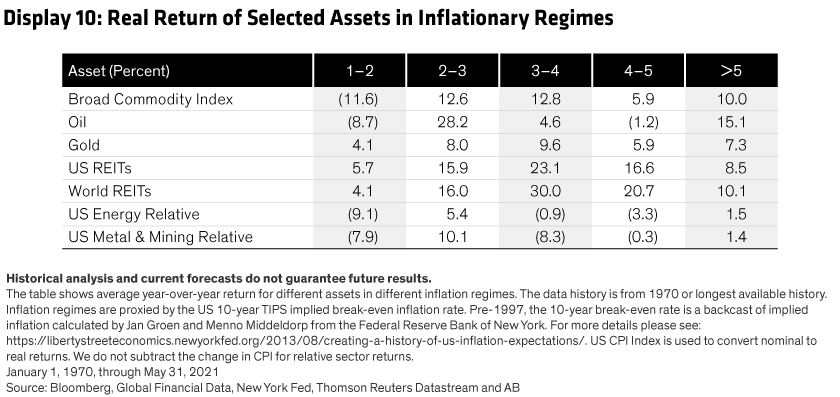Navigating Economic Landscapes: Inflationary Forces Overview

Unveiling the Complex Dynamics: Inflationary Forces Overview
In the intricate tapestry of economic landscapes, understanding the various forces that drive inflation is pivotal. This overview sheds light on the multifaceted factors influencing inflation, providing insights for businesses, investors, and policymakers to navigate these economic forces effectively.
Demand-Pull Inflation: The Tug of War
One prominent force behind inflation is demand-pull inflation, driven by an increase in consumer demand that outpaces the economy’s ability to produce goods and services. When demand exceeds supply, prices rise, creating a delicate tug of war between consumer desires and production capacities.
Cost-Push Pressures: A Producer’s Dilemma
Cost-push inflation arises from an increase in the cost of production, often triggered by factors like rising raw material prices or increased wages. For businesses, this creates a dilemma as they grapple with maintaining profitability while facing escalating costs, contributing to overall inflationary pressures.
Built-In or Wage-Price Inflation: The Compensation Spiral
Built-in inflation, also known as wage-price inflation, occurs when rising wages lead to increased production costs, prompting businesses to raise prices. This cyclical process can create a compensation spiral, where higher prices lead to demands for increased wages, perpetuating the inflationary cycle.
Monetary Policy and Inflation: A Central Role
Central banks wield significant influence over inflation through monetary policy. Adjusting interest rates and managing money supply are tools employed to control inflation. By carefully calibrating these measures, central banks aim to strike a balance that fosters economic growth while preventing runaway inflation.
Global Influences: The Ripple Effect
In today’s interconnected world, global forces contribute significantly to inflationary dynamics. Fluctuations in exchange rates, geopolitical events, and global supply chain disruptions can send ripples through economies, impacting inflation levels and adding an additional layer of complexity to the inflationary landscape.
Inflation Expectations: Shaping Economic Behavior
The psychology of inflation plays a crucial role in shaping economic behavior. If individuals and businesses expect prices to rise, they may adjust their behavior accordingly, leading to self-fulfilling prophecies. Managing inflation expectations becomes vital for maintaining economic stability.
Structural Forces: Long-Term Drivers
Beyond immediate factors, structural forces exert long-term influence on inflation. Demographic trends, technological advancements, and shifts in global economic power are examples of structural forces that can shape inflationary patterns over extended periods, requiring a nuanced approach in economic planning.
Supply Chain Vulnerabilities: A Modern Challenge
In the contemporary economic landscape, supply chain vulnerabilities have become a significant factor influencing inflation. Disruptions in global supply chains, whether due to natural disasters, pandemics, or geopolitical tensions, can create shortages and drive up prices, impacting inflation on a global scale.
Adaptability and Resilience: Navigating Inflationary Forces
As businesses, investors, and policymakers navigate the complexities of inflationary forces, adaptability and resilience become key attributes. A holistic understanding of these forces, coupled with strategic planning and proactive measures, empowers stakeholders to respond effectively to the ever-evolving economic environment.
Exploring In-Depth Insights at Inflationary Forces Overview
For a comprehensive exploration of insights and strategies related to inflationary forces, visit Inflationary Forces Overview. Staying informed and understanding




